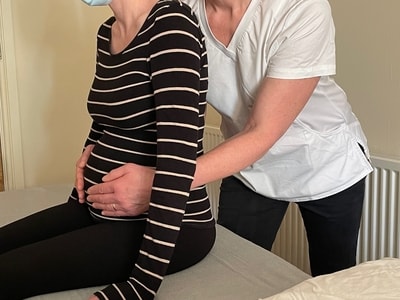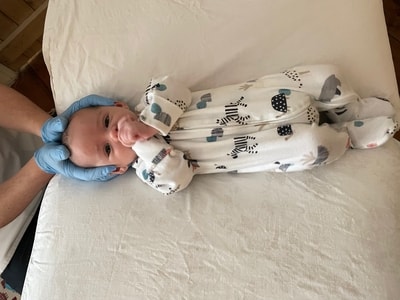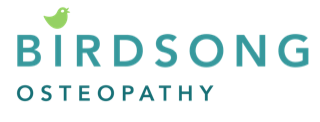Rosamund is particularly interested in issues relating to women’s health; helping the body in readiness for pregnancy. This ensures the body is ready for this change and allows the body to adjust gracefully as it changes shape. She can also help with problems experienced both before and after delivery of your baby.
Book now
Rosamund encourages optimal health for issues related to but not exclusively:
Care for women extends
to the post-natal stage and care of the pelvic floor; it does not stop when your baby is
born.
Gynaecological health
is important for long term health.
Are you trying to
conceive and having difficulties?
Are you experiencing
low back pain or pain in the pubic region?
Many women experience
pelvic girdle pain or ‘pubic symphysis dysfunction’ whilst pregnant, sometimes
made worse by previous caesarean section scar tissue immobility.
Rosamund can help to improve these dysfunctions
caused by pregnancy hormones.
Many women struggle
after delivery with post-birth trauma whether it is the first or subsequent
child.
Osteopathy can have
long-term health benefits for women after the birth of their child, helping to
restore mobility and reduce pain, resolving the effects of a traumatic vaginal
or surgical delivery for both mother and her baby.
A long delivery is one
longer than twelve hours. Slow delivery
of the baby can leave the pelvic floor feeling bruised and shocked.
It is my passion to
help women find optimal health and avoid chronic issues later in life.
However, a quick
delivery can be as traumatic as a slow one.
Birth intervention?
Scar tissue does not
heal like normal tissue; it is less supple and needs help to heal well so that
the adjoining tissues do not compensate by tearing in a subsequent delivery. I can also help educate the mother and her
partner how to look after her scar for long-term health benefits.
The woman may feel
shocked after emergency surgery and experience painful feeding of her baby.
Chronic long-term
issues can be avoided or in some cases where already existing, improved.
These may include issues such as:
It
is important that the pelvic floor is looked after delivery; this will help with
the woman’s well-being and general recovery post-delivery. This may be a
combination of treatment and self-help, such as exercises.
Treatment helps not
only the physical repair and function of the pelvic floor but also helps with
trauma sustained to the area.
We can also help with
conditions such as:
Coccydnia
(painful coccyx) which may have been sustained in a fall or exacerbated by the delivery.

Uses gentle articulation to remove stresses and strains from the body.
